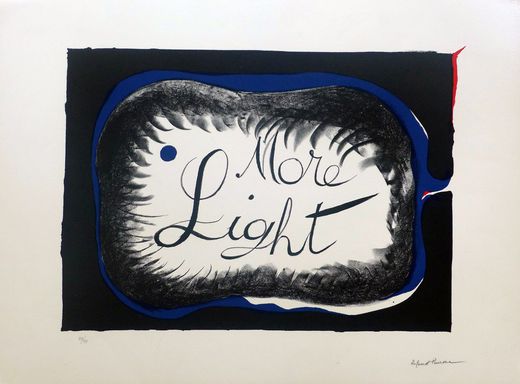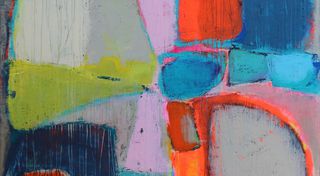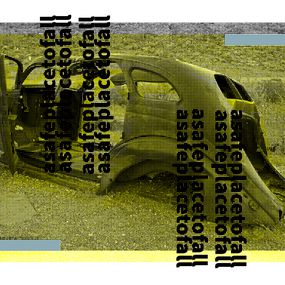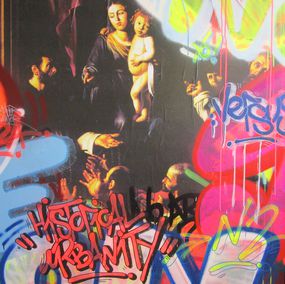

Biography
Roland Penrose is receiving renewed recognition in 2025 through major exhibitions and new publications that highlight his influence on modern art and Surrealism. A recent program by the Henry Moore Foundation explores his collaborations with key figures like Henry Moore and Lee Miller, while a new book release, Lee Miller and Roland Penrose: The Summer of 1937, offers an intimate look at his creative partnership with Miller during a transformative moment in 20th-century art.
Penrose’s legacy is preserved at Farleys House in East Sussex, where he lived and worked with Lee Miller. Now a museum, the home displays their extensive modern art collection, including works by Picasso, Max Ernst, and Joan Miró. Farleys House remains a cultural landmark, drawing art lovers and collectors who admire Penrose’s role as both an artist and a passionate promoter of the avant-garde.
As a pioneering British Surrealist, Penrose created paintings infused with dreamlike imagery, psychological depth, and symbolic abstraction. His work stands out for its lyrical quality and intellectual engagement with the Surrealist movement. Beyond his personal artistic production, Penrose was a key cultural figure in the UK: he founded the Institute of Contemporary Arts in London and authored influential monographs on artists like Picasso and Man Ray.
Collectors value Roland Penrose for his unique position at the intersection of art-making, curation, and critical writing. His work offers deep historical relevance, ties to some of the most important figures in modern art, and a lasting contribution to the Surrealist legacy.













